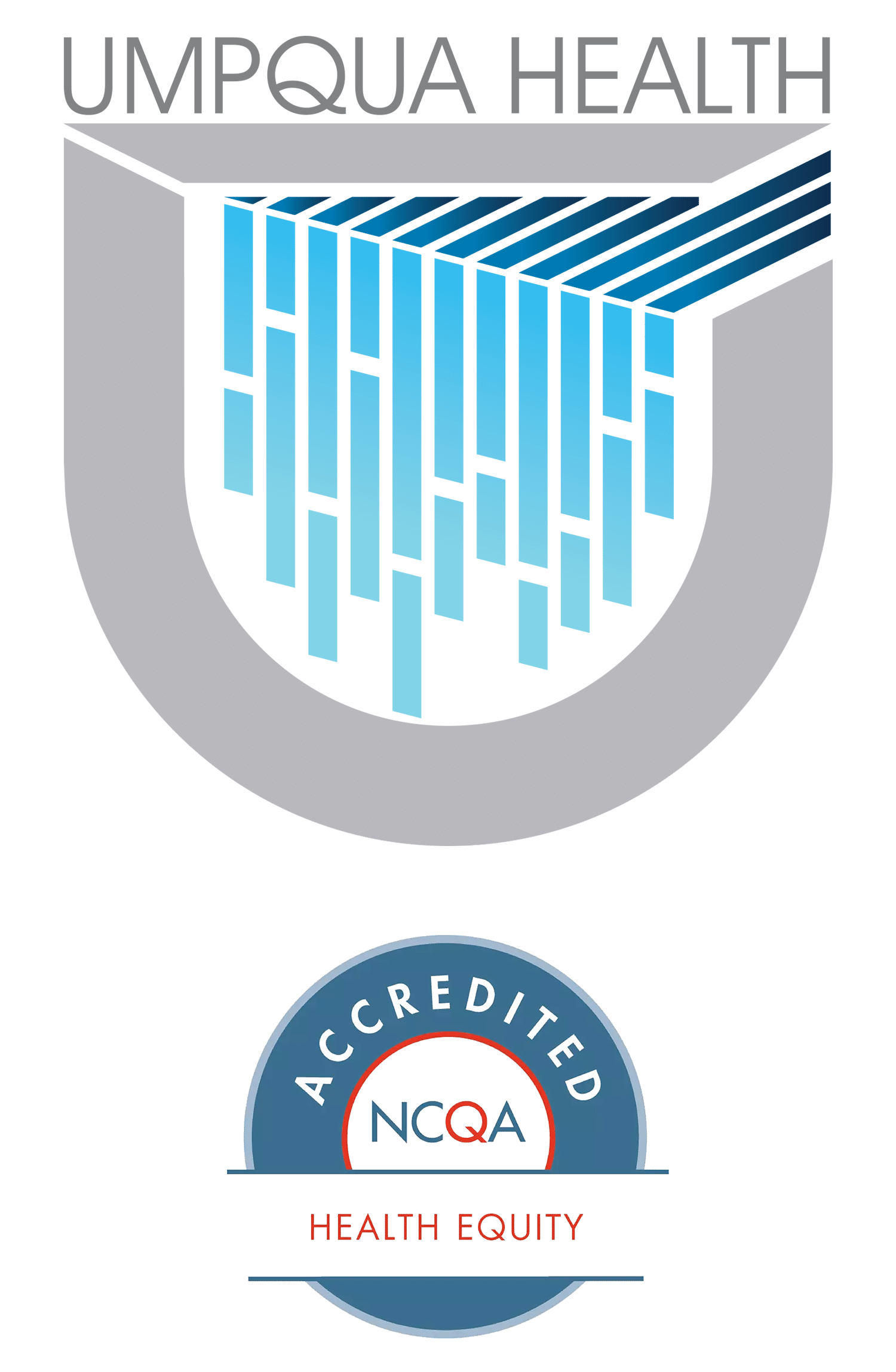Provider Newsletter April 2018

Medical Management: A Note from Dr. Bruce Croffy
Carotid Artery Stenosis- Choosing Wisely with Screening
The U.S. Preventive Services Task Force guidelines currently state that the use of carotid Doppler Ultrasound should be limited to symptomatic cases of carotid stenosis. Choosing Wisely Canada guidelines state that neuroimaging, including carotid Doppler ultrasound examinations, should not be obtained in cases of syncope with normal neurologic examination findings. The American Academy of Family Physicians also recommends against carotid artery disease screening in asymptomatic patients.
Carotid artery stenosis (CAS) is the narrowing of internal carotid arteries, which limits blood flow to the brain. CAS is a risk factor for stroke, one of the leading causes of mortality and disability in the United States. Screening for CAS is commonly performed using duplex ultrasonography to determine whether the arteries are blocked by plaque. Physicians may also screen for CAS by listening for abnormal sounds from the arteries (a “bruit”) with a stethoscope.
Multiple specialty society guidelines recommend against the use of screening for CAS in asymptomatic patients (USPSTF, 2007; USPSTF, 2014; AAFP, 2014; American College of Cardiology/American Heart Association Task Force, 2011; American Stroke Association, 2010). Individuals with a history of stroke, transient ischemic attack, or other neurologic signs or symptoms may benefit from screening, but patients without symptoms for CAS are unlikely to derive clinical benefit from screening since CAS is so rare in the general population. CAS causes only 10% of strokes, and the prevalence of CAS is only 1% among the asymptomatic population (Jonas et al., 2014).
Even when screening identifies carotid stenosis, the available interventions – endarterectomy or stenting – carry significant risk and may have limited benefit (Jonas et al., 2014). CAS screening in asymptomatic patients may also cause harm by increasing false-positive test results and unnecessary follow-up testing that may cause patient anxiety and lead to unnecessary procedures like angiography that can cause serious physical harm, including stroke, heart attack, or death. The cost of CAS screening can vary significantly by provider, but duplex ultrasound generally costs around $275 (healthcarebluebook.com).
Under the “Wasteful Care” Evidence Category, CAS screening is rated “Insufficient evidence to evaluate comparative benefit for use beyond the boundaries of established indications, frequency, intensity, or dosage”.
In spite of clear standards across specialty society guidelines on the appropriate use of screening for CAS, available data suggest that a significant number of asymptomatic patients continue to receive routine screening. A retrospective study of Medicare claims data from 2009 evaluating the prevalence of low-value services found that among a representative sample of 1.4 million beneficiaries between 68,000 and 81,600 (5% – 6%) received carotid imaging without symptoms or diagnosis of stroke or other serious cardiac conditions (Schwartz et al., 2014). The lower range excludes imaging performed in an inpatient or emergency setting. When these results are applied to the entire Medicare population, an estimated 1.3 million – 1.6 million asymptomatic patients undergo screening for carotid artery stenosis every year.
Other research has shown that the rate of CAS screening is increasing in the Medicare population. Another retrospective analysis studied Medicare claims data between 2000 and 2007 among four different specialties to determine whether physicians who perform revascularization of carotid stenosis are more likely to provide carotid artery ultrasound screening. This study found that over 11 million CAS ultrasounds were performed by the four specialties analyzed during the six-year study period, and that rates of utilization increased across all specialties (Zafar et al., 2012). The greatest increase in utilization was observed in cardiology (11% growth), followed by vascular surgery (6%) and interventional radiology (3%).
The costs of routine CAS screening can be significant. The Schwartz study found that annual Medicare spending on non-indicated preoperative stress testing ranged from $274 million – $323 million (2014). These estimates do not include any costs associated with follow-up care prompted by screening, so the potential for cost-savings from reducing overuse may be far higher. In the Roseburg Community, Doppler Ultrasounds are reimbursed at approximately $295/study.
Regardless of whether the HERC guidelines do not provide for any CAS screening, Umpqua Health Alliance clinical staff reviewed all of the Carotid Doppler Ultrasounds that were performed on our members in 2017.* There were 110 members who underwent at least one Carotid Artery Doppler Ultrasound in 2017. Our clinicians reviewed the criteria identified in Centricity as well as the medical history of all 110 members. Based upon criteria generally viewed appropriate in the literature, only 33% of the members undergoing the study met published guidelines. The Professional Societies using Choosing Wisely standards deemed 67% of the studies performed inappropriate.
Sociology of Practice
ICER performed a literature review and conducted unstructured interviews with national clinical experts representing the fields of cardiology, thoracic surgery, and radiology to understand the multi-faceted influences that drive the routine screening for CAS in the general population, as well as the most effective methods to reduce inappropriate use of this service. Key themes and lessons from the public literature and these conversations are summarized below.
Experts recognized several factors that drive screening for CAS in the asymptomatic population. First, fee-for-service (FFS) reimbursement continues to motivate clinicians to increase the volume of costly procedures delivered. Physicians interviewed noted that carotid artery ultrasound screening is among the most common vascular tests provided in many laboratories. Ultrasonography machines are a low-cost purchase for the profit they yield. Experts also suggested that specialties that perform revascularization procedures might be incentivized to self-refer, increasing the number of asymptomatic patients that receive screening.
In other cases, physician training and support may play a role. According to the experts interviewed, physicians are generally aware of the guidelines but often lack the full details of a patient’s medical history to be able to rule out prior history of stroke or other risk factors. Moreover, some primary care clinicians may not see as many cases of potential CAS so may be less familiar with clinical standards for when to order a test. Physicians advocated for more training and resources to support primary care and other internal medicine physicians in taking a comprehensive medical history to support decision-making for screening.
In other cases, a review of the literature reveals that internal medicine physicians sometimes use CAS screening to help manage potentially at-risk patients. Some primary care physicians have difficulty motivating patients with family histories of stroke to adhere to statin medications meant to control risk factors. Physicians will therefore sometimes screen asymptomatic patients for CAS as a means of convincing patients that they have a real “disease” and should adhere closely to all treatment recommendations (Fratt et al., 2012). Physicians feel that visual depictions of early carotid plaque can help nudge patients to take measures to control blood pressure and comply with aspirin or statin prescriptions, though some research has shown that patients with abnormal results on carotid ultrasonography are not more likely to adopt healthy behavior modifications (Rodondi et al., 2012).
Interviewees also referenced the problem of direct-to-consumer screening as a driver of wasteful care. Increasingly, private companies offer mobile screening in churches, malls, and other community settings. These companies directly advertise CAS screening to consumers without providing education on the potential harms of screening or informing patients that many of the tests provided may not be indicated. These mobile screening units allow anyone to purchase testing regardless of clinical indication and often overpromise the benefit of screening, particularly for asymptomatic adults.
Lastly, interviewees were mixed on the contribution of patient demand to overuse. Some physicians had very little experience with patients demanding CAS screening in office settings, while others noted significant concerns among patients about their risk of stroke that often led to screening for asymptomatic individuals. Given the relative low degree of patient harm in ultrasound, some physicians found it difficult to reject requests for screening and engage in a discussion of the potential downstream harms that for many patients seem abstract. Interviewees emphasized, however, that relative to other services on Choosing Wisely® lists, the potential downstream effects of CAS screening can be extremely dangerous and can lead to death in some cases, so talking points or other tools to help physicians engage patients in conversations about the risks are very important.
Though overuse of CAS screening remains a problem, physicians interviewed agreed that progress has been made in the past decade to reduce unnecessary care. Experts we spoke with believed that the growing use of global payment and other reimbursement mechanisms that move away from fee-for-service would help drive reductions in screening for CAS in asymptomatic populations. Unnecessary use of CAS screening is identifiable using existing claims codes, and some payers, including the U.S. Department of Veteran Affairs, do not provide coverage for vascular disease screening in patients without symptoms (Department of Veteran Affairs, 2009). Interviewees noted, however, that even in instances of non-coverage or preauthorization, that there are issues with how criteria are enforced implemented, and that more could be done by health plans to limit inappropriate use of CAS screening.
Learn more about this issue by reading the Choosing Wisely® Recommendation Analysis, located here.

CCO 2.0
Provider Feedback
It’s been five years since Coordinated Care Organizations began operating in Oregon. Oregon Health Authority officials are hoping to learn about providers’ experiences with the CCO model over the last five years in order to chart a path for the next contract. Known as CCO 2.0, the next contract is set to begin in 2020, but OHA is asking for your help now. OHA is looking for feedback on increasing the use of value based payments (VBP) as part of the CCO 2.0 process. Please take a few minutes to respond to this short VBP provider survey, to ensure that these models are developed with providers in mind and implemented in a way that works for the provider community.

Prior Authorization for Out of Network Referrals? Think 1 (+1)
Initial Consult vs. Multiple Visits
When requesting a PA for referral to an out of network provider, please keep the number of requested visits to only one (or one consult and one follow-up visit). Any more will be denied in a “partial approval” process, where the Medicaid regulations require UHA to send the patient a denial letter stating that the multiple visits are denied, but the initial consult is approved. It is confusing to patients and providers alike. Occasionally, there is an ongoing provider-patient relationship that requires three to six visits over a year for continuity of care. Please indicate when that is the rationale for multiple visits out of network.
Prioritized List Criteria Change
Now Applied to DME under $500
UHA is applying the Prioritized List funding criteria to DME items that are not currently subject to the Prior Authorization Process (items under $500). This link is to the communication sent out recently to all providers and DME vendors. Please note this applies to DME items issued in provider offices!

Upcoming Provider Training
Effective Contraceptive Use
Umpqua Health Alliance is proud to host four upcoming trainings regarding the metric surrounding effective contraceptive use. This two-hour training is designed for PCP and OB-Gyn providers, front and back office staff, as well as billing and coding staff. Learn about “one key question” and other techniques that can be used to increase success with this CCO measure. Four trainings will be offered throughout the day on June 8. Click here to register. For more information, contact Betty Wagner. UHA is currently working to organize additional provider training opportunities in 2018, stay tuned for more information!



